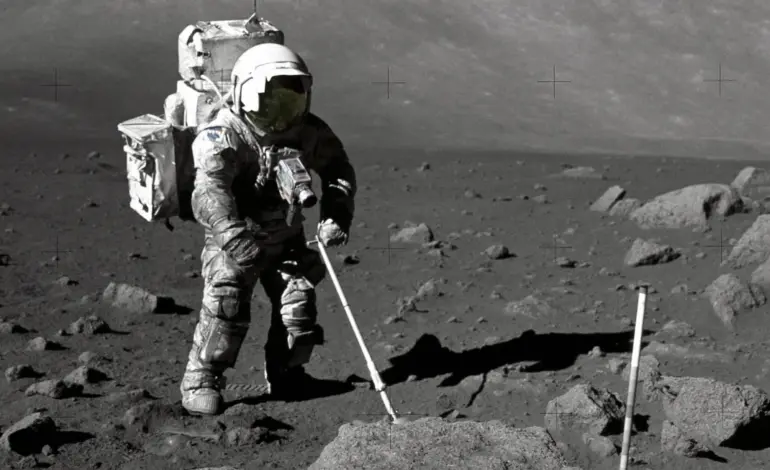Apollo Missions Reveal Secrets Behind Moon’s Origins

The Apollo missions fundamentally transformed our understanding of the Moon’s origins, revealing critical insights through the collection of lunar samples. These missions, conducted by NASA between 1969 and 1972, provided evidence that shaped the prevailing theories regarding how our planet’s natural satellite came to be. The findings indicate that the Moon’s formation is closely linked to a colossal impact during the early stages of Earth’s development.
The Moon stands out in the solar system as Earth’s substantial natural satellite, weighing in at approximately 1.5% of Earth’s mass. This unique relationship prompts important questions about its origins. For much of the 20th century, scientists proposed various theories. Some believed the Moon was a captured protoplanet, while others suggested it was a fragment flung from Earth itself. The advent of the Apollo missions, however, provided the definitive evidence needed to support the giant impact hypothesis.
Apollo Missions: A Game Changer for Lunar Science
The Apollo missions achieved a groundbreaking milestone when astronauts collected lunar samples, marking a significant advancement in planetary science. Analysis of these samples revealed that the Moon had once been part of a molten mass. Many lunar rocks are classified as igneous, formed from solidified magma, which supports the idea of a past magma ocean that existed on the lunar surface.
Furthermore, researchers identified a unique composition of lunar rocks referred to as KREEP, an acronym for potassium, rare-earth elements, and phosphorus. This composition is notable because these elements rarely coexist in high concentrations. The presence of KREEP-rich rocks suggests a prolonged period of melting, indicating the Moon’s formation involved substantial energy.
Another critical finding comes from the isotopic analysis of oxygen in lunar samples. The Moon contains a high level of oxygen, similar in proportion to that found on Earth. This shared ratio of stable isotopes reinforces the connection between the two bodies, supporting the hypothesis that the Moon originated from material that was once part of Earth.
The Giant Impact Hypothesis
The prevailing theory among scientists today is the giant impact hypothesis, which posits that the Moon formed from the debris resulting from a collision between Earth and a Mars-sized protoplanet named Theia. This catastrophic event released an immense amount of energy, propelling fragments into orbit around Earth, which eventually coalesced to form the Moon.
This hypothesis explains several observations: the common isotopic signatures between Earth and the Moon, the presence of deep magma oceans, and the Moon’s relative lack of heavier elements like iron. These heavier elements sank to the core of the Earth, while lighter elements were vaporized during the impact, unable to be retained by the Moon’s lower gravity.
The Apollo missions not only provided insights into the Moon’s formation but also advanced technological and engineering capabilities. The knowledge gained from these missions has had far-reaching applications, influencing fields such as materials science and orbital dynamics.
The contributions of the Apollo missions extend beyond scientific discovery; they also serve as a testament to human ingenuity and exploration. As discussions continue about future crewed missions to the Moon and beyond, the lessons learned from Apollo emphasize the value of investing in space exploration. The missions have significantly enhanced our understanding of the universe, showcasing the potential for further discoveries.
In summary, the Apollo missions have been instrumental in unlocking the mysteries of the Moon’s origins. Without the invaluable lunar samples collected during these historic missions, our comprehension of the Moon’s formation would remain incomplete. The knowledge acquired has paved the way for future research and exploration, underscoring the importance of continued investment in space science.






